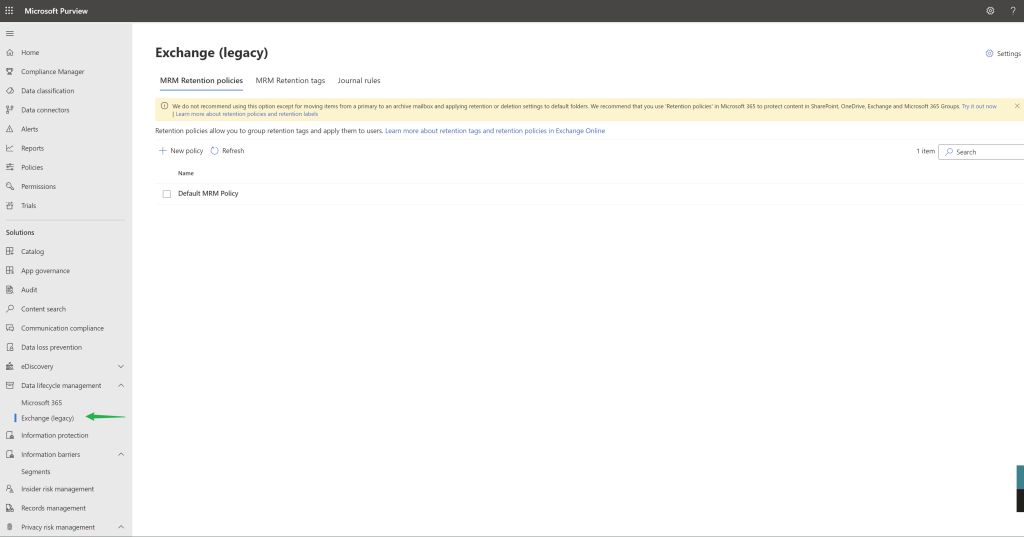For the last few weeks we have been advising that all Azure Active Directory Connect V1.x versions would reach end of support on August 31, 2022. Well that’s tomorrow and in case you haven’t yet upgraded here is your #MicrosoftCloudQuickFix !
Azure Active Directory Connect supports a couple different methods for upgrading from previous versions from an in-place upgrade to a swing migration upgrade depending on the complexity of your deployment and/or if you need to upgrade Azure Active Directory Connect onto a newer version of the Windows Server Operating system. Windows Server 2016 is the minimum supported version of Windows Server but we recommended Windows Server 2022.
For both the in-place upgrade and swing methods please see the instructions contained in Azure AD Connect: Upgrade from a previous version to the latest. Specific to the swing method please see instructions on how to Import and export Azure AD Connect configuration settings.
Note: A handy tool is available from Microsoft to document and report on the current configuration of an Azure Active Directory Connect installation named Azure AD Connect Configuration Documenter. This tool can be used to create a comparison report for a swing migration.
#Microsoft365 #AzureActiveDirectory #AzureADConnect #MicrosoftCloudQuickFix

